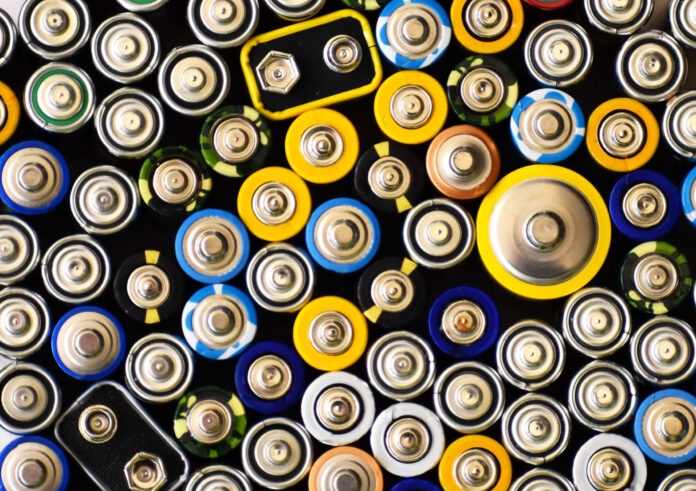The internet of things (IoT), the tech movement supposed to save the planet, is destroying the planet. About 78 million batteries from battery-powered IoT devices will be dumped globally every day by 2025 – if nothing is done about it. This is the shocking calculation by an EU-funded group of IoT researchers and agitators, which has called for the IoT ecosystem to develop and deploy IoT batteries to “live longer than IoT devices”.
The European Union (EU) convened the EnABLES group as 11 academic institutions across the region (six research institutes and five ‘knowledge hubs’) to address this ugly truth about so-called ‘massive IoT’: that the deployment of masses of (mostly) battery-powered sensor devices undermines its green promise to enable large-scale industrial energy savings, alongside sundry business insights.
The big disjunct, it said, is that IoT devices commonly last for up to 10 years, but their batteries rarely survive beyond two years – resulting in “multiple battery replacements, with the consequent economic and environmental drawbacks related to the fact that hundreds of millions of batteries need to be manufactured and disposed of every day”. Another major operational drawback, it said, is with device downtime and maintenance trade-offs, which mean “many unexploited [IoT] opportunities” where a reliable longer-term power source “is critical”.
The EnABLES mission statement is to “urge researchers and technologists”, of which the group “empowers several hundreds” in Europe, to develop “self-powered smart sensor systems”. Its new policy paper is a blockbuster, which says 78 million IoT batteries will be “dumped” daily by 2025 – and suggests many millions are already being chucked away. “IoT has the potential to tackle some of the world’s biggest challenges,” said a statement.
“However, if they’re to really benefit society, IoT innovations need to address the technology gap that exists in powering the rising number of IoT devices.” The EnABLES project – which goes with the tagline, ‘European Infrastructure Powering the Internet of Things’ – is urging the IoT community to develop IoT solutions that utilise ‘ambient’ energy harvesting and energy storage techniques, plus micro power management systems.
A statement said: “The goal is to achieve power autonomy through batteries that can sustainably recharge themselves. The project partners are working to promote ‘key power-IoT advances’ to harvest ambient energies such as light, heat, and vibration and convert them to electricity. At the same time, they’re focusing on minimising the energy consumed by IoT sensors.”
The group comprises Tyndall National Institute, CEA Leti and CEA Liten, the Fraunhofer Institutes for Integrated Circuits and for Microelectronic Circuits and Systems, and Imec Nederland as research centres, and Karlsruher Institut für Technologie, Politecnico di Torino, Università di Bologna, Università degli Studi di Perugia, and University of Southampton as knowledge hubs.
Mike Hayes, head of ICT energy efficiency in micro and nano systems at Tyndall National Institute, said: “We need to revolutionise the way we design, make, use and get rid of things.This means we need to think about battery life from the outset, in the early stages of product design. We need to advise key stakeholders and the general public on the implications of battery consumption based on the choices they make, and we need to work together with industry to identify potential for reducing power consumption and requirement.”
Giorgos Fagas, leading activities for the EU Programmes Office at Tyndall National Institute, said: “The EnABLES paper recommends additional actions to maintain easy and efficient access to the scientific expertise, state-of-the-art facilities and the technology platforms that are already available. To maintain the strategic advantage in Europe and the momentum already created by EnABLES, it is necessary to create a sustainable power IoT infrastructure in the longer term.”

